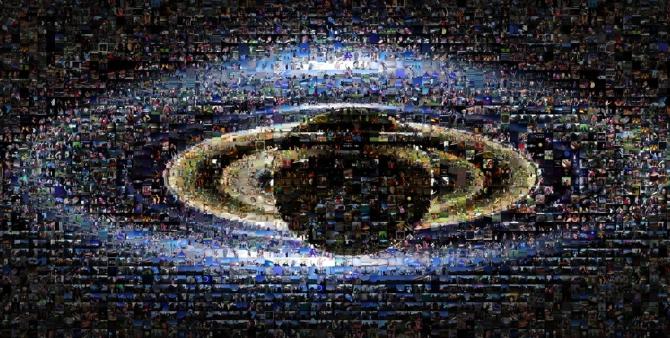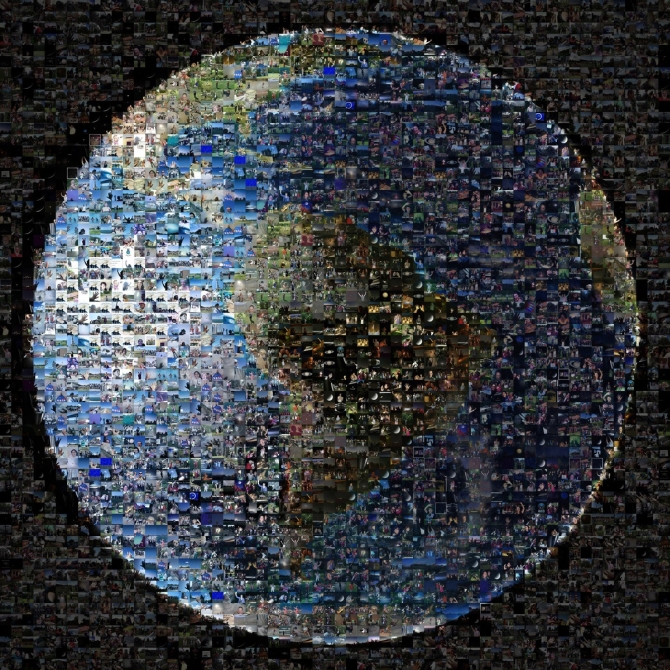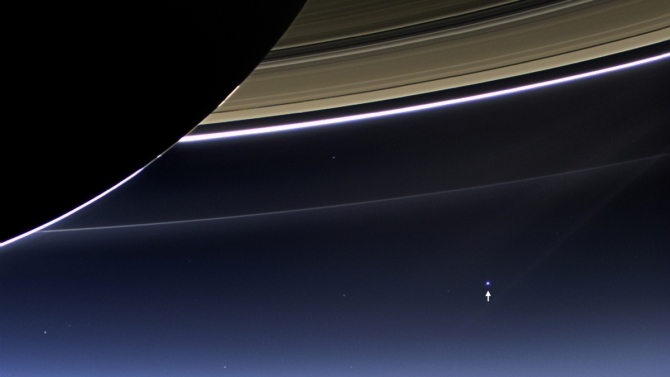
The National Aeronautics and Space Administration has released the first-ever natural-colour portrait of Saturn, in which the planet, its seven moons and rings, and Earth, Venus and Mars, all are visible.
The new panoramic mosaic of the majestic Saturn system taken by NASA's Cassini spacecraft, which shows the view, as it would be seen by human eyes, was unveiled at the Newseum in Washington.
Cassini's imaging team processed 141 wide-angle images to create the panorama. The image sweeps 651,591 kilometres across Saturn and its inner ring system, including all of Saturn's rings out to the E ring, which is Saturn's second outermost ring.
For perspective, the distance between Earth and our Moon would fit comfortably inside the span of the E ring.
…

"In this one magnificent view, Cassini has delivered to us a universe of marvels," said Carolyn Porco, Cassini's imaging team lead at the Space Science Institute in Boulder.
"And it did so on a day people all over the world, in unison, smiled in celebration at the sheer joy of being alive on a pale blue dot," said Porco.
The mosaic is part of Cassini's ‘Wave at Saturn’ campaign, where on July 19, people for the first time had advance notice a spacecraft was taking their picture from planetary distances. NASA invited the public to celebrate by finding Saturn in their part of the sky, waving at the ringed planet and sharing pictures over the Internet.
…

An annotated version of the Saturn system mosaic labels points of interest. Earth is a bright blue dot to the lower right of Saturn.
Venus is a bright dot to Saturn's upper left. Mars also appears, as a faint red dot, above and to the left of Venus. Seven Saturnian moons are visible, including Enceladus on the left side of the image.
Zooming into the image reveals the moon and the icy plume emanating from its south pole, supplying fine, powder-sized icy particles that make up the E ring.
The E ring shines like a halo around Saturn and the inner rings. Because it is so tenuous, it is best seen with light shining from behind it, when the tiny particles are outlined with light because of the phenomenon of diffraction.
Click on MORE to see another PHOTO feature...